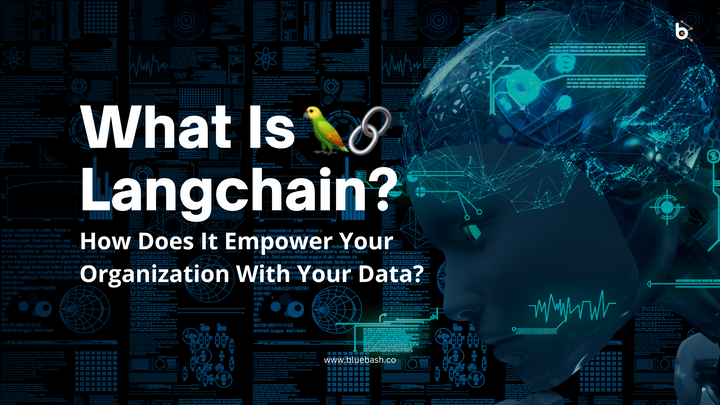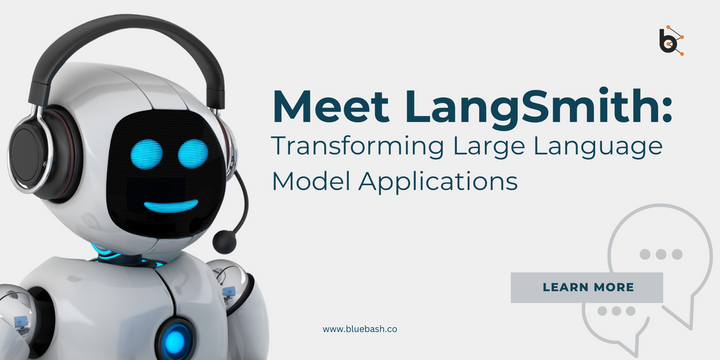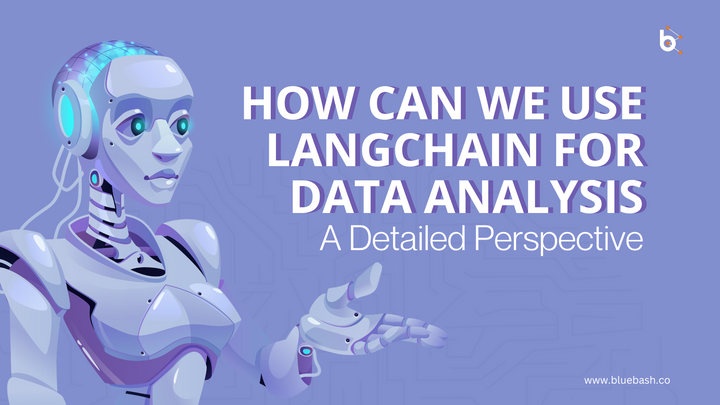How Large Action Models Are Powering the Next Generation of AI Agents?
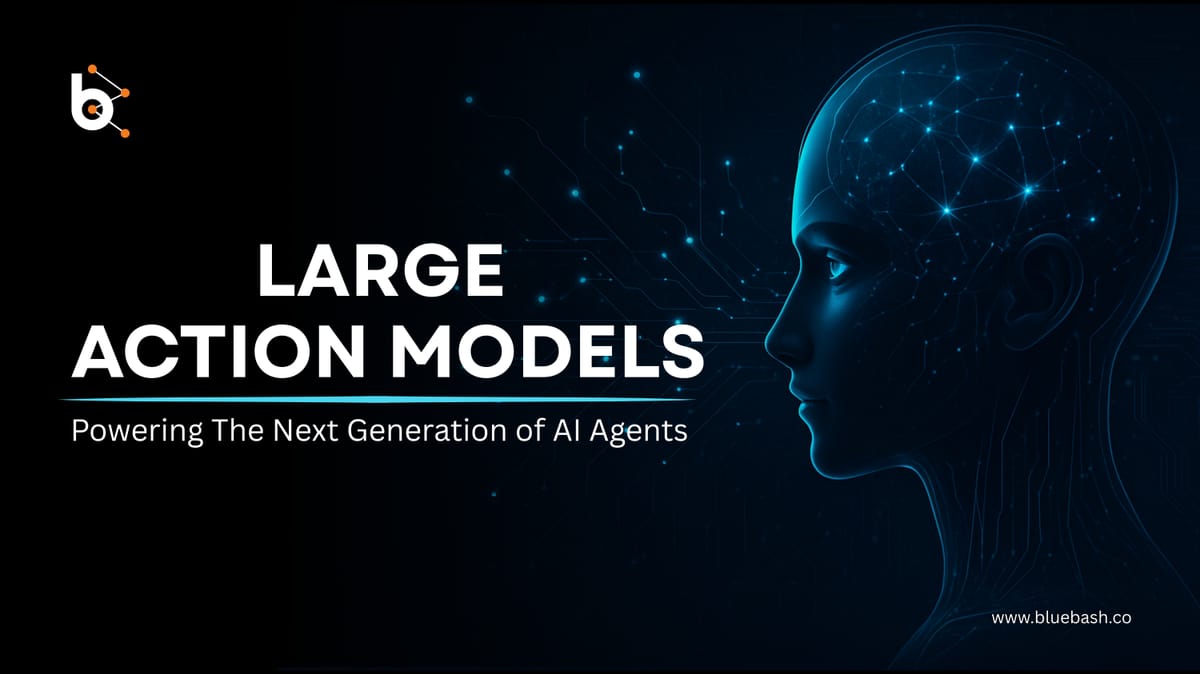
Artificial intelligence is no longer limited to answering questions - it is now about achieving things. That development is being powered by a large action model (LAMs), a new wave of models designed to power the next generation AI agents that can not only understand, but can also function.
Whether you are in healthcare, finance, ecommerce, or SaaS LAMs are being re-defined how AI Solutions operate in the real world. In this blog, we will break up how LAMs are re -shaping the future of automation and why they matter to conduct operations and faster the scale for any organization.
What Are Large Action Models (LAMs)?
Large Action Models, or LAMs, are AI systems built to execute actions, not just process language. Unlike Large Language Models (LLMs), which are great for generating responses or answering questions, LAMs are trained to:
- Understand high-level goals
- Plan multi-step tasks
- Use software tools or APIs
- Complete tasks with minimal input
In short, LAMs are what make autonomous AI agents possible. They power agents that can not only think but also act independently.
How Large Action Models Are Powering AI Agents?
Let’s directly answer the blog’s core question: How do LAMs power the next generation of AI agents?
- From Command-Based to Goal-Oriented Agents
LAM-powered agents go beyond simple commands. They understand objectives and plan steps to get things done — just like a human would.
Example:
Command: “Send a project update to the team”
A LAM-based AI agent would collect status reports, summarize updates, choose the right recipients, and send the email — all autonomously.
This type of reasoning is impossible for rule-based bots, and LLMs would still require prompting. LAMs make goal-driven AI workflow automation a reality. - Context-Aware, Multi-Step Decision Making
Modern businesses require multi-step workflows — not just one-off tasks. LAMs enable AI agents to:
- Break down tasks into sub-tasks
- Make decisions based on real-time data
- Adapt actions if conditions change
- Retry or escalate when needed
This creates a new class of intelligent, reliable, and scalable AI agents that can run workflows from start to finish.
- Native Tool and API Integration
LAMs are trained to operate across software tools like CRMs, EHRs, spreadsheets, and cloud dashboards.
This is a game-changer for AI agent development companies and enterprises looking to:
- Reduce manual tasks
- Automate cross-platform actions
- Eliminate silos between departments
A LAM-powered AI agent can open a ticket in Zendesk, update a Salesforce record, send a Slack notification, and schedule a Zoom call — all in one continuous flow.
- Autonomous AI That Learns from Outcomes
Another key advantage of Large Action Models is that they can learn from what worked — and what didn’t.
This means your AI agents get smarter over time:
- Adjusting to team preferences
- Improving task efficiency
- Reducing errors through experience
That’s the power of next-generation AI — always evolving, always improving.
Where LAM-Powered AI Agents Make an Impact ?
- Healthcare AI Solutions
- Automate EHR documentation
- Triage patient requests and appointments
- Coordinate between departments
LAMs reduce time doctors and nurses spend on administrative work.
- Finance and Banking
- Automate KYC/AML compliance
- Monitor fraud patterns
- Analyze portfolios and client data
Improve accuracy and reaction time using AI-powered financial agents.
- SaaS Operations
- Handle provisioning and deprovisioning
- Automate support tickets and workflows
- Manage product usage analytics
Perfect for scaling cloud-based SaaS platforms with minimal effort.
- Ecommerce and Retail
- Personalize product recommendations
- Optimize logistics and returns
- Support seller queries with AI
LAMs create better experiences and drive conversions
What Makes LAMs Different From LLMs?
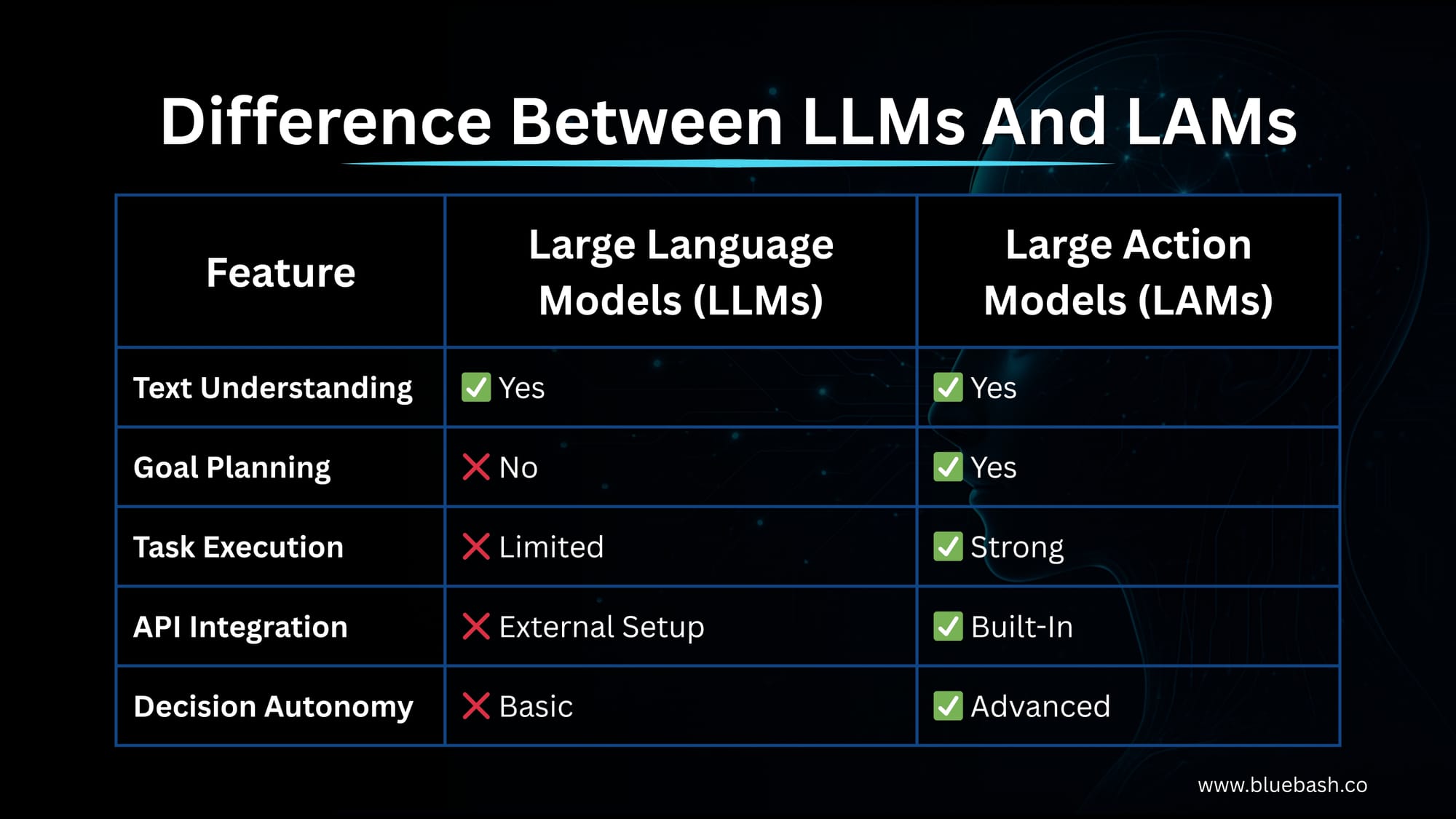
Key takeaway: LLMs are conversational. LAMs are action-oriented.
Benefits of Large Action Models for Businesses
Here’s what LAM-powered AI agents bring to the table:
- Smarter Task Execution
- Faster Turnaround Times
- Reduced Manual Work
- Lower Operational Costs
- Consistent and Scalable Performance
- Personalized AI Automation
This isn't just for enterprise giants. With the right partner, mid-sized companies can leverage LAMs to get the same edge.
How to Get Started with AI Agents Powered by LAMs
To deploy LAM-powered agents in your business, you need:
- Clear workflows and automation goals
- Integration with your current software stack
- Guidance from an experienced AI agent development company
If your internal team doesn’t have AI development expertise, consider working with a trusted AI consulting partner who can design, test, and scale your AI solution — tailored to your business needs.
Why Choose Bluebash for LAM-Powered AI Agent Development?
Choosing the right partner to implement AI agents powered by Large Action Models is just as important as the technology itself. At Bluebash as a Top AI Agent Development Service Providers, we bring a strong blend of technical expertise and industry insight to every AI project we deliver.
Here’s why businesses across healthcare, SaaS, finance, and ecommerce trust Bluebash:
- Custom AI Agent Development – Tailored to your workflows, data, and tools
- Full-stack AI expertise- Matching to model integration and post-launch support
- Safe and scalable solution- Grade manufactured to meet safety and performance standards
- Proven Track Record – Trusted by leading companies to deliver real-world automation and results

Conclusion: LAMs Are Changing the Way We Build and Use AI
The way we build and use AI is changing fast — and Large Action Models (LAMs) are right at the center of it. These models go beyond talking or predicting — they help AI agents take action, solve problems, and complete tasks like real team members.
Whether it’s scheduling, writing reports, analyzing customer data, or automating support tickets, LAMs give AI the power to actually get things done. And that changes everything.
Now the teams adopting this technology will save time, cut the cost, and unlock new ways to grow. LAMS helps businesses focus on high-effects work, while AI handles busy work in the background-well, accurately, and without tired.
The future of AI isn’t about replacing people — it’s about building tools that make teams stronger. And with LAMs leading the way, that future is already here.
FAQ's
- What is the key difference between LAMs and LLMs?
LAMs (Large Action Models) are built to execute tasks, not just understand language like LLMs. They can plan, act, and integrate with tools — making them ideal for automation workflows. - How do LAMs improve automation for businesses?
LAMs help AI agents understand goals, execute multi-step tasks, integrate with APIs, and adapt in real time — enabling smarter, scalable automation. - In which industries are LAMs most effective today?
LAMs are driving innovation in healthcare (EHRs, triage), finance (compliance, fraud detection), SaaS (ticketing, analytics), and ecommerce (personalization, returns handling). - Do LAM-powered agents require constant user input?
No, LAMs operate autonomously. Once a goal is defined, the agent can independently plan and execute tasks with minimal user intervention. - Why should businesses choose Bluebash for LAM-powered AI development?
Bluebash delivers custom AI agent solutions with deep industry expertise, end-to-end support, secure deployment, and a track record of driving real automation impact.

